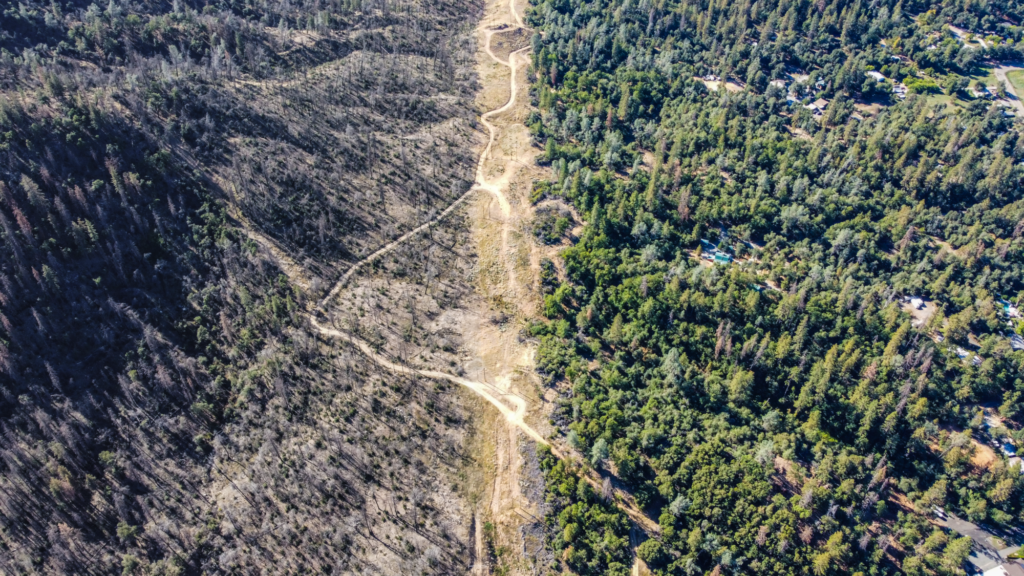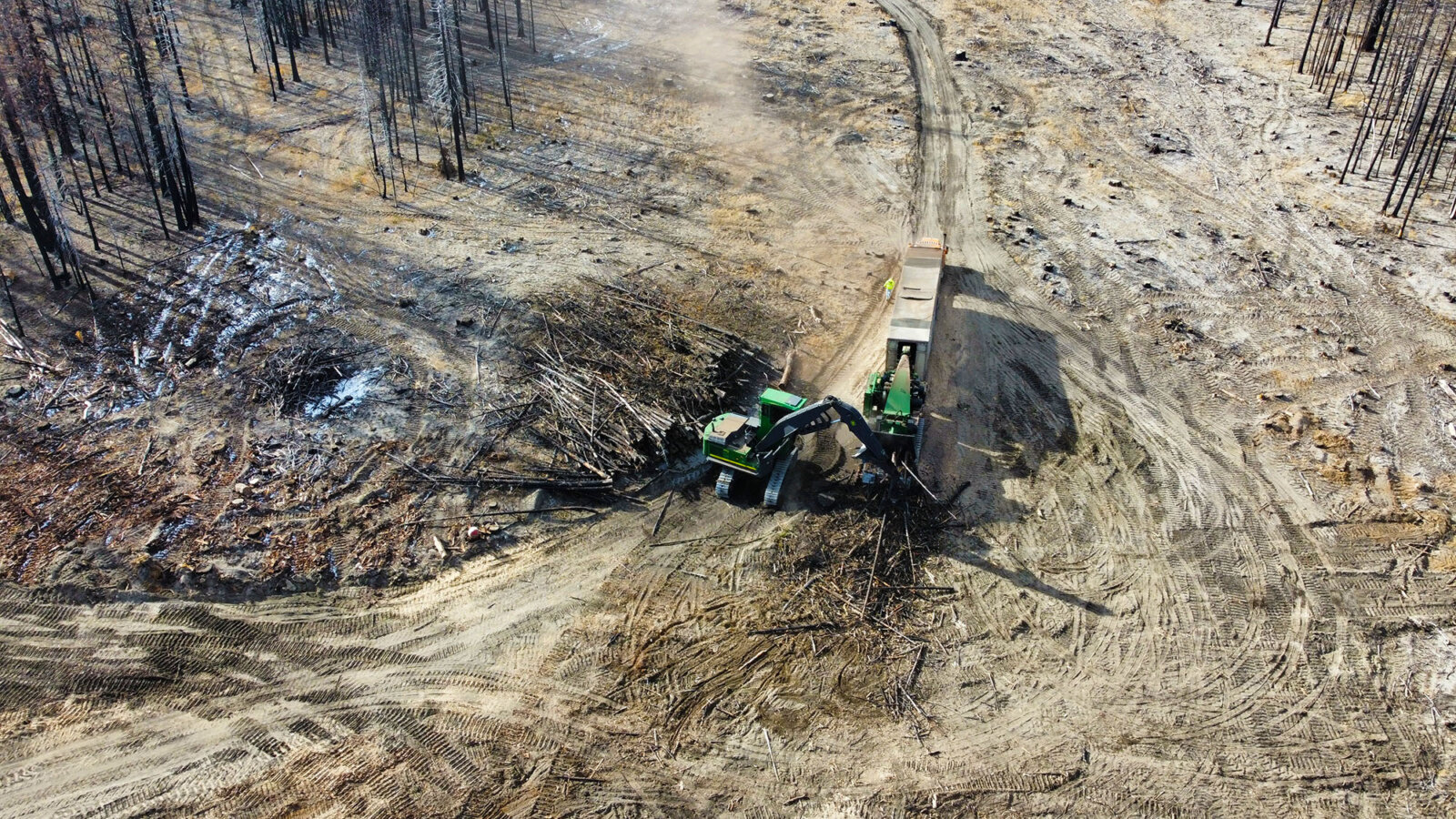Dead Tree Removal
Why clearing dead trees is important for wildfire safety and how to do it.

If you have dead or dying trees on your property, the entire tree needs to be removed to reduce wildfire risk.
How removing dead trees prevents wildfires
Dead and dying trees significantly heighten wildfire risks, acting as fuel that can accelerate the spread of fires. Removing these trees is a crucial step in wildfire preparedness, especially in areas prone to dry, hot conditions. Learn more about why, when, and how to safely remove dead or dying trees below.
Tree removal tips
Find answers to common questions about tree removal, permits, and care to ensure your property is safer from wildfires.
Yes, removing trees infested by pests as soon as possible is crucial to prevent the spread of the infestation to healthy trees. Early removal helps maintain the overall health of your property’s vegetation – vital for preventing the spread of wildfires in your area.
Store wood from removed infested trees away from healthy trees to prevent pest transfer. Isolating the infested wood minimizes the risk of spreading pests to your property’s healthy vegetation.
Be aware that firewood can harbor insects and diseases that threaten other trees. Transporting firewood can move these pests to new locations. For more information, please explore the resources below:
Yes, in many areas you’ll need a permit to remove dead trees. It’s important to check the specific requirements for your location. Check out this detailed brochure for more information on obtaining the necessary permits.
While not always required, it’s wise to hire a licensed timber operator or tree contractor for tree removal, especially for complex situations. Licensed contractors have the expertise and insurance to handle the job safely. You can verify a tree contractor’s license through California’s official license lookup.
Removing trees close to power lines requires extra caution. Always contact your electricity provider for guidance. Qualified professionals* should handle tree work near power lines to ensure everyone’s safety.
*Please note: Only line-clearance-qualified tree workers can work within 10 feet of power lines.
Read our resources to learn more about safe tree removal:
Late fall to winter is the best time for tree maintenance, as tree pests are less active. Trimming trees in warmer months can attract pests, increasing their population. To avoid this, plan major tree work during cooler seasons to protect your trees from infestations.
Yes, you can trim live trees in early spring to maintain defensible space, but proceed with caution. Be careful not to damage nearby trees while cutting. It’s important to promptly remove or treat the resulting wood cuttings to prevent attracting pests.
Resources for dead tree removal
If you must cut live trees in early spring to maintain your defensible space, be extra cautious not to nick nearby trees. After thinning and pruning, make sure to properly and promptly remove and/or treat wood cuttings.
Reduce your fire risk by removing dead trees
For more detailed guidance on managing tree mortality and reducing fire risk, download our comprehensive guide.
